No bigger than a smartphone, this remarkable rock has layers that tell the story of the working lives and hardships of miners in the 1800s.
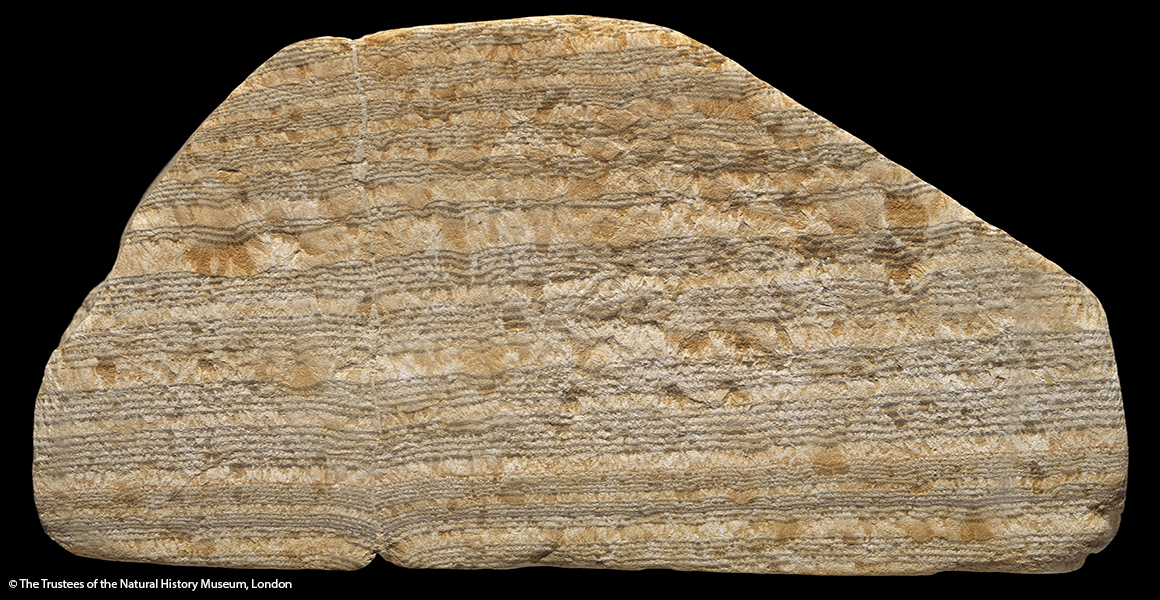
Sunday Stone is the name given to layered deposits that formed inside drainage pipes from the coal mines of Durham and Northumberland.
It formed in a water trough at the bottom of a Tyneside coal mine in North East England.
As coal miners were busy labouring to supply Britain's rapidly expanding industry, their weekly routine was being recorded in stone.
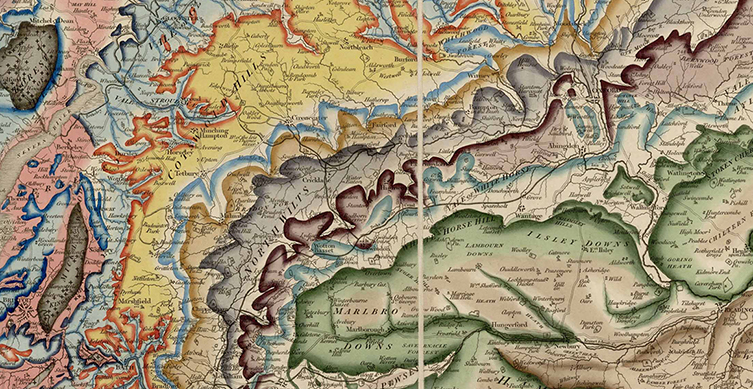
A close up of an area of William Smith's 1815 geological map of England, Wales and Southern Scotland.
How did Sunday Stone form?
Sunday Stone is a calcareous deposit that formed as slowly flowing water deposited a white mineral (calcium carbonate) coating the drainage trough at the bottom of the mine.
When coal was extracted, the layers of carbonate laid down were blackened by the coal dust that filled the air in the mine during the working day.
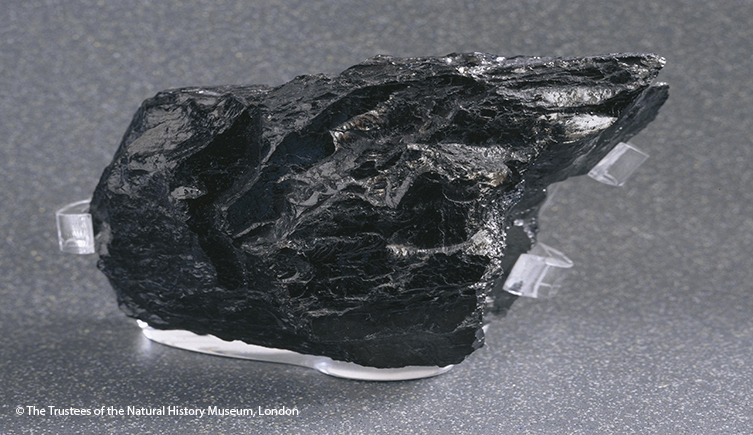
What can it tell us about the working lives of miners?
The regular black-and-white striped pattern in Sunday Stone is a material record of the bleak working conditions experienced by coal miners in the nineteenth century.
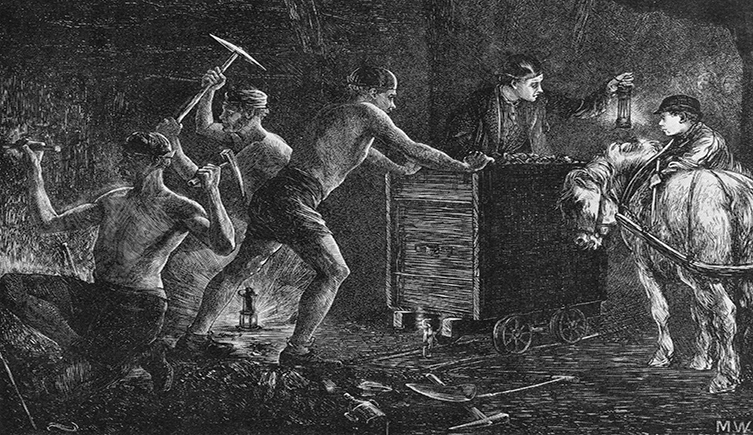
Illustration of coal miners in England 1871.
A pair of light and dark bands represents one 24-hour working day. The dark band marks each day shift in the heavy, dust-laden atmosphere, whereas the thinner, light band shows the hours of inactivity during the night.
Thicker, light-coloured bands appeared on Sundays, on holidays and at other interruptions in the mine when the water would run clean for 48 hours.
In these banded patterns you can see the ongoing struggle to improve mine safety and ventilation.
Explore the collections
From giant fossil mammals to mysterious moths, uncover the colourful stories behind some of the Museum's most fascinating specimens.

What on Earth?
Just how weird can the natural world be?
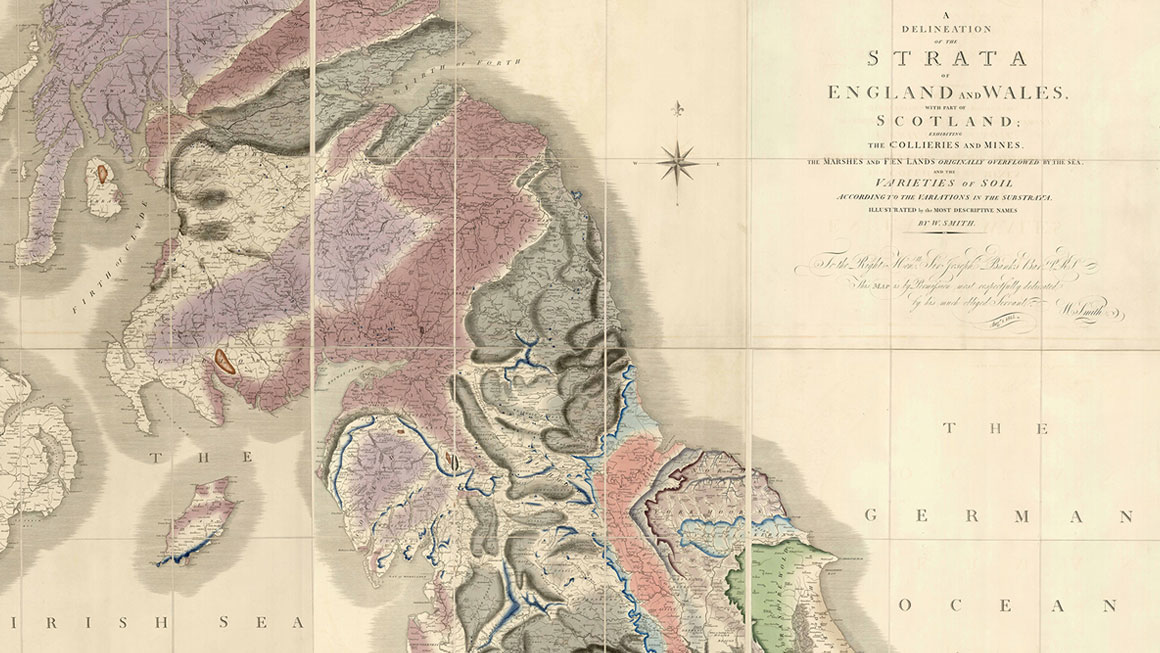

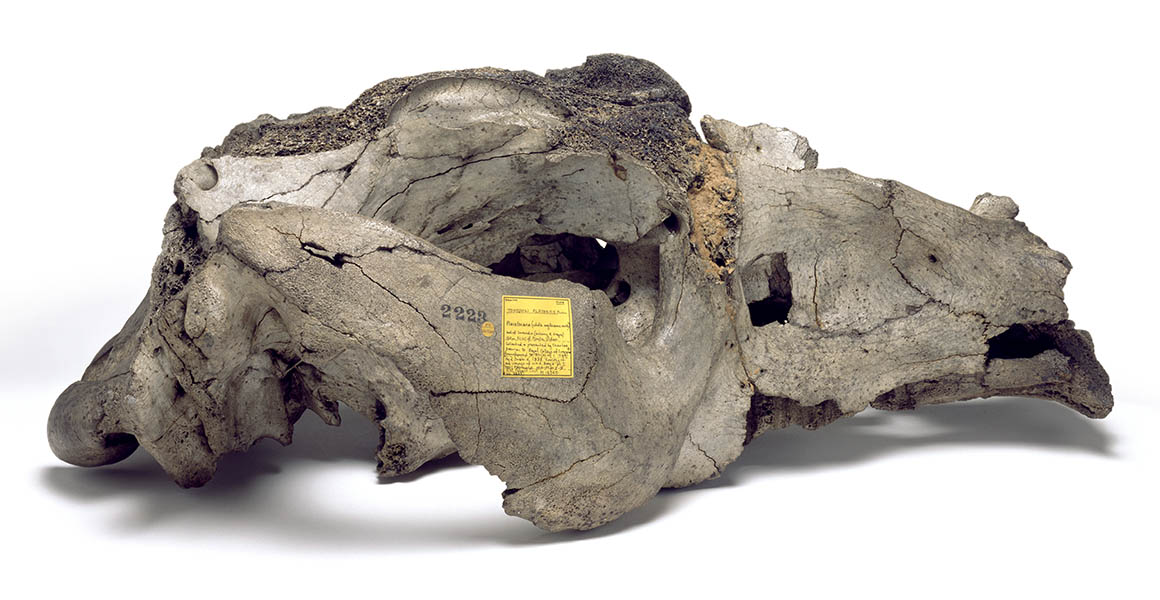
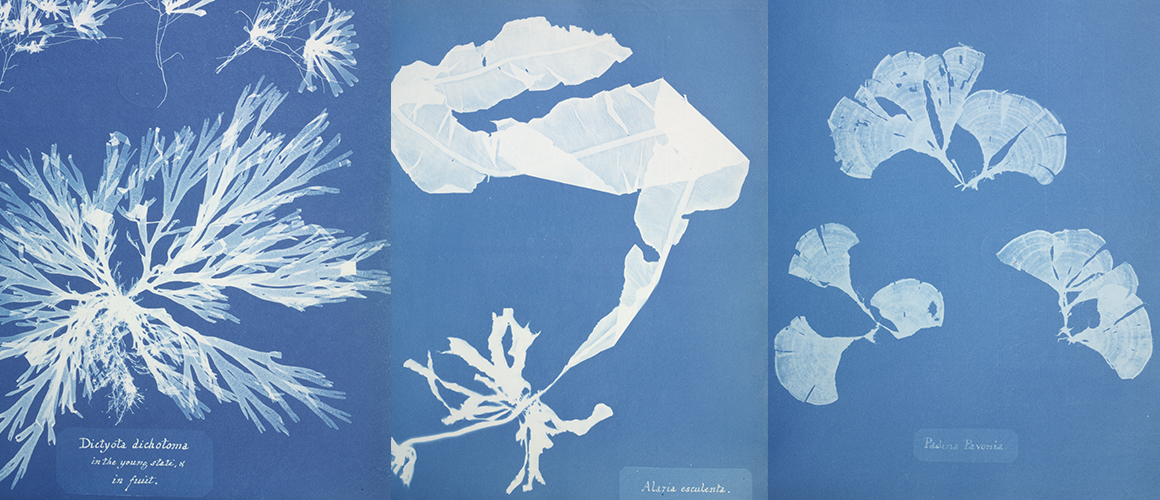
Don't miss a thing
Receive email updates about our news, science, exhibitions, events, products, services and fundraising activities. We may occasionally include third-party content from our corporate partners and other museums. We will not share your personal details with these third parties. You must be over the age of 13. Privacy notice.
Follow us on social media